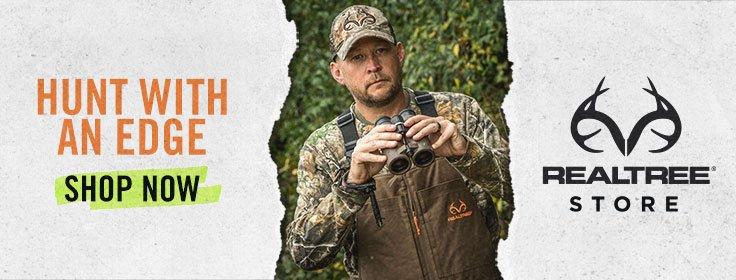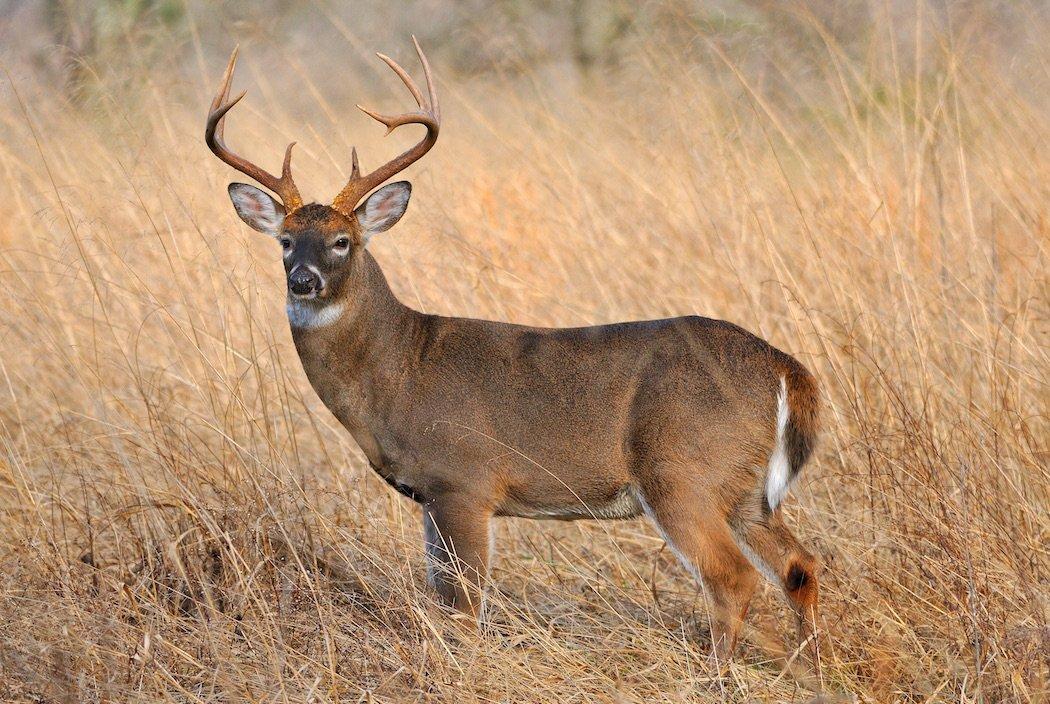The Three Out of Five Formula
If you want to start a debate, put a group of hunters in a room and state your opinion on white-tailed deer. Should we shoot does? What is the buck-to-doe ratio in a given area? When should the season open and close? What age class bucks should be targeted?
These topics inspire spirited discussions for good reasons. An Ohio whitetail is different from one in Alabama. Northern Alabama whitetails are different from ones in southern Alabama. Simply put, a whitetail on my farm is different than one on yours.
Bottom line, many hunters dream of shooting a monster buck of giant proportions that may or may not exist where they hunt. Rest assured, the odds of that monster buck's existence are far greater in Ohio than in south Alabama. Nonetheless, some hunters in south Alabama head to the stand day after day in pursuit of a fantasy trophy that doesn't exist in their area.
In reality, the odds of shooting a world record typical whitetail are extremely low. So what motivates a hunter to do the work? To plant the food, shoot the does, pass the young bucks, and manage the land, even in areas where record book bucks are non-existent? It's the desire to shoot the best mature buck in their area.
Learn to Age and Profile Mature Bucks
A whitetail buck is considered mature at 3½ to 4½ years and in its prime up to 8½ years of age. On average, most bucks don't live past 3½ years. Hunting, predation, accidents, habitat quality and disease are factors in mortality.
One of the hardest decisions a hunter makes when offered a shot is field judging the buck's age during in the excitement of the encounter. Many hunters mistakenly make the determination using antler size as the primary criteria. Antler size and configuration are determined by genetics, food availability and age. Jawbone aging, trail camera surveys, field observation using quality optics and building profiles from the bucks harvested in your area are the best way to make quick and confident decisions on when to shoot.
The Aging Formula
In an effort to shoot 3-year-and-older bucks, commercial outfitter, Tara Wildlife, near Vicksburg, Mississippi developed a three out of five formula their clients use to identify shooter bucks 3½ years or older. The categories and their minimums used at Tara Wildlife are:
- Body weight: 185 pounds
- Antler mass: 4 inches at the base and decent mass carried throughout the rack
- Beam length: 18 inches
- Tine length: 7 inches plus on G2s and G3s
- Antler spread: 15 inches inside
Bobby Culbertson, head guide at Tara, says that since adopting this formula they have been very satisfied with the results. All deer harvested are weighed and aged and the antlers are measured.
At Tara, 85 percent of the bucks that meet three of these five requirements are 3½ years or older, said Culberson. This allows us to target an age class of bucks. If you target spread, points, body weight or a combination of these characteristics you often pass a buck that is mature but lacks enough points or spread. He has a free pass to breed and pass his genetics on. With the three-out-of-five formula we have had great success at harvesting the age class buck we target at Tara and letting our super 2-year old bucks live another year.
Customizing the Formula to Fit
Our Alabama farm is small, 210 acres, but we have great neighbors with many of the same goals. We do everything the budget allows to provide food and cover that attract bucks and holds them during daylight hours. Twenty percent of the acreage is dedicated to corn, clover, brassicas and cereal grain plots. Bedding areas are created with hack-and-squirt treatments using Arsenal® and thinning and burning planted pines. Twenty acres are designated as a sanctuary.
Trail cameras are used year-round to build a timeline and profiles for each local buck. A folder is created and named with a location and a buck's nickname that holds each buck's images with timestamps. We aim to identify bucks that are at least 4½ years old. When enough evidence suggests it, that buck is put on our shoot list. Younger bucks are treated with the same intensity but they are designated as next year bucks.

Jawbones and physical data are collected and recorded on each deer every year. After hunting at Tara several times Tes and I decided to adopt their formula in 2008. Tes tagged the only buck killed on our farm. The spread, tine length and mass met requirements but not the beam length and body weight. The buck's jawbone was aged at 3½ years.
In 2009, Tes killed her three-buck limit. The first was a 210-pound 8-point that scored 134 inches, the second a 225-pound, non-typical, 11-point and the third was a 225-pound 8-point with a 20-inch inside spread we named Hoss. All three bucks were jawbone aged at 4½ years or older. The first buck had never been seen or photographed but trail camera photos had landed the other two bucks on the shoot list.
After the 2009 season's harvest, information was collected and studied, we customized the formula to allow more 3-year-old bucks to walk. The body weight criteria of our formula was upped to 200 pounds. In 2010, I arrowed a buck on our shoot list that grossed 146 7/8 inches. We had named him Little Joe because the year before he often traveled with Hoss. Coyotes got to the buck before recovery so it was not weighed, but four of the five criteria were met in the rack. The jawbone aged it at 4½ years old.
Field Judging Bucks
Some hunters struggle when it comes to field judging a live whitetail. These tips will help:
Compare the size of the antler bases to the size of the buck's eye. The circumference of a mature buck's eye is approximately four inches.
- Antler width can be compared to the width of the buck's ears. A mature buck's ears are 16 inches when alert and 18 inches when relaxed.
- A mature whitetail buck that carries 200 pounds on our farm appears short-legged and short-necked. His belly sags and his rear end appears small.
- Compare tine length to the length of the ears. From skull to tip ears are 7 inches long.
- Use the ear length to judge beam length. If the beams are three times as long as one ear his beams are 20 inches or longer.
These values may vary from region to region but they will give you an idea of what you are looking at when the moment comes. Study the deer you hunt and assign your own values to the references listed above. Soon you will be making your choice to shoot or pass with confidence.
Satisfaction Guaranteed
One of the toughest decisions a hunter makes before touching the trigger or release is if a buck meets the harvest goals set. In an area that rarely produces a buck that scores 150 inches, it is very satisfying to know we are giving our bucks the opportunity to grow the best antlers possible. If you struggle trying to decide which buck to shoot, survey, observe and gather harvest data, then customize the Tara Wildlife formula to fit the bucks you hunt. Plug in the values for body weight, beam length, antler mass, tine length and spread. When you encounter a buck that meets three of the five criteria, take the shot.
Editor's Note: This was originally published September 30, 2016.
Click here for more deer hunting articles and videos.
Check us out on Facebook.









